
Autologous serum eye drops and blood products offer hope to patients.

Autologous serum eye drops and blood products offer hope to patients.
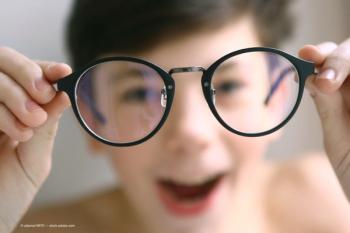
Investigators reviewing options that include bifocals, low-dose atropine drops

Dealing with the COVID-19 virus affects everything to some degree, and investigators have found that mask wear can impact the accuracy of visual field tests.
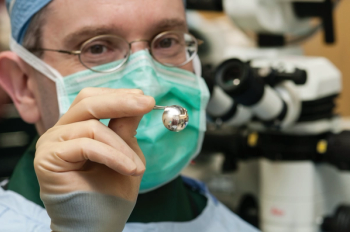
Organization works to ensure clinical care and access for high-risk patients.

The American Medical Association, American Hospital Association, American Nurses Association issued a sobering reality check as COVID-19 deaths in the United States passed the grim 500,000 milestone.

According to a study, ocular nodules have been found in the posterior pole and outside of the macular region in COVID-19 patients.
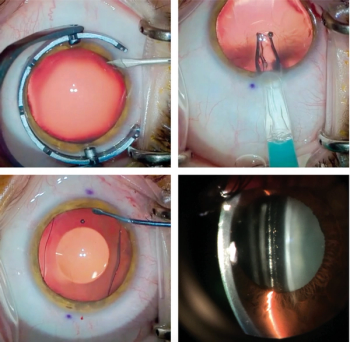
Studies look at absorption of drugs resulting in systemic complications.

Precision injection device can improve patient and physician experiences.
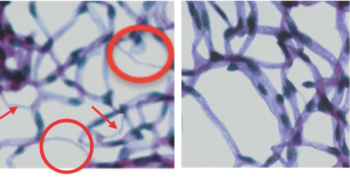
Study examining the role of IL-17A in patients with diabetes.
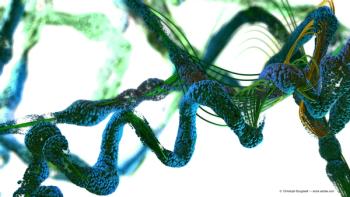
Investigators focus on biophysical method to study protein-protein interactions .

While current treatments are good, the best is yet to come.

Intraocular drainage surgery may have a future for treating issues.
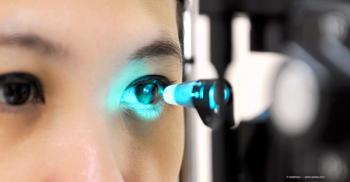
Consider ideas about outflow pathways, neuroprotection.
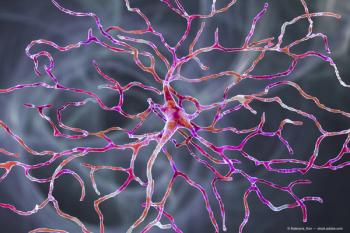
Investigators examine long-term effects of therapeutics in infants.

Bascom Palmer Eye Institute will hold its 18th annual meeting, titled Angiogenesis, Exudation, and Degeneration 2021, a virtual event set for February 12-13.

Peptides offering ophthalmologists a potential treatment option for keratitis.
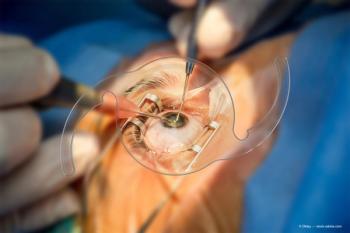
Phakic lenses are proving to be excellent additions to refractive practices.

Results of a survey among ophthalmologists indicate that patients are receiving fewer examinations — with worsening glaucoma, says S. Fabian Lerner, MD, speaking at the Glaucoma 360 New Horizons Forum.

A new therapy provides noninvasive nighttime IOP control by programming the desired pressure into the device, explained John Berdahl, MD, during the New Horizons Forum.
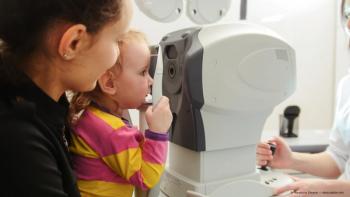
Community involvement, research continue to boost treatment in pediatric population.

According to investigators, a lack of definitive knowledge about the presence of SARS-CoV-2 in corneal tissues has resulted in the recommendation to avoid using corneal tissue for transplantation when the tissue was obtained from donors with COVID-19 that had been confirmed or those who were exposed to COVID-19.

Emerging technology may facilitate individualized care, disease management.

Organization shines spotlight on frontline heroes during ongoing COVID-19 battle.

For ophthalmologists, practice makes perfect in becoming ambidextrous.
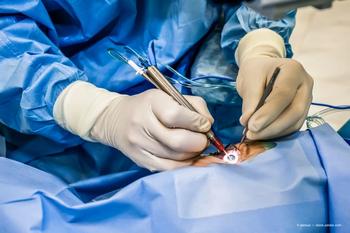
The traditional treatment for primary angle-closure (PAC) and PAC glaucoma (PACG) is laser peripheral iridotomy (LPI) to facilitate aqueous outflow followed by medical treatment with drops to decrease the intraocular pressure (IOP).
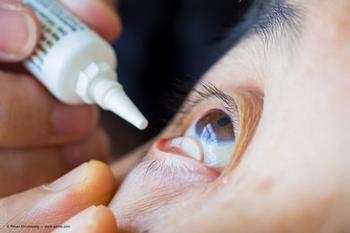
Sunita Radhakrishnan, MD, in a presentation at the 25th annual Glaucoma Symposium at the Glaucoma 360 virtual annual event, noted that concomitant treatment of both glaucoma and dry eye is key.

Amid the COVID-19 pandemic, the use of hand sanitizers has increased. However, when they are used improperly, hand sanitizers can damage the eyes. Ophthalmologists are now treating young patients who got the liquid in their eyes.

Amid a pandemic, the Glaucoma Research Foundation is holding its annual gala online, funding aspirations for a glaucoma-free world with a goal of raising $1 million.
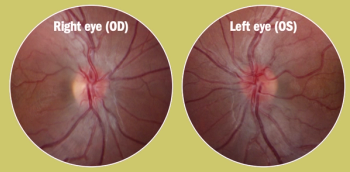
A new gene therapy for this patient population targets the ND4 gene mutation.

Imaging ciliary muscle details mechanism of accommodation, effects of aging .